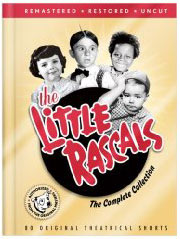
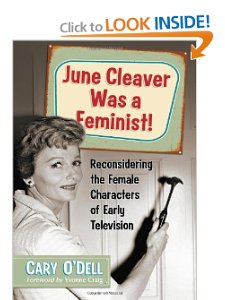
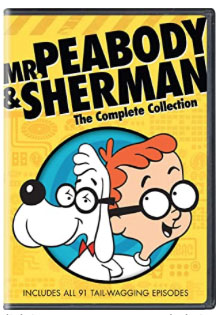

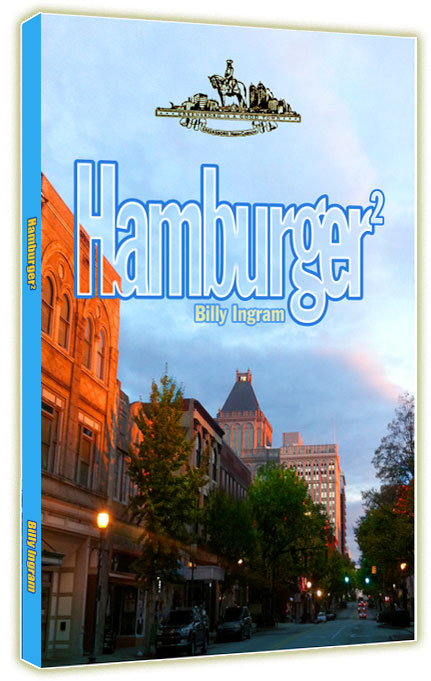
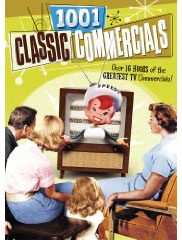

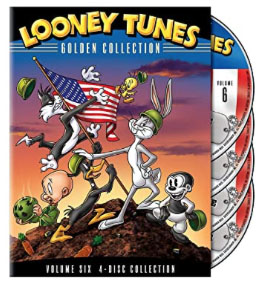
 |
 |
 |
 |
 |
 |
 |
 |
| |
|
||||||
|
GROWING UP
The MGM shorts were slicker still, the gang was given the full-on studio high gloss treatment. The MGM shorts featured the same core group of kids (Alfalfa, Spanky, Darla, Butch, etc.) but didn't share the hardscrabble nature of the original run. By the time the series ended in 1944, the 'Gang' were jaded city slickers who couldn't cope when dropped into a rural setting; theirs was a world of elaborate stage shows, fundraisers, radio broadcasts, film studios and - gasp - schoolwork! / / / Classic TV Blog / / / TV Shows on DVD / / / TV Show Reviews / // / TV on BLU-RAY The MGM scripts were uniformly flat, predictable and hindered by the fact that the kids were well into their teens and not so cute anymore. MGM evidently believed there was a flicker life left in the franchise. Carl 'Alfalfa' Switzer and Tommy 'Butch' Bond starred in a short-lived series of films as part of the Gas House Kids, a teen Little Rascals / Bowery Boys type concept that failed to catch on. TV TIME
Roach sold his package of shorts to TV in 1954, he called them The Little Rascals because MGM owned the name Our Gang. The success of the Roach comedies on TV led to MGM releasing their Our Gang shorts to television a couple of years later as a competing package. Local TV stations were starved for content to fill the daytime hours in the mid-fifties and The Little Rascals / Our Gang (along with Laurel and Hardy, the Three Stooges and old westerns) was a relatively inexpensive property to air. After all, the cast members didn't have to be paid. No one could have envisioned that these shorts, which were shot two decades earlier, would enjoy a second life on a whole new entertainment medium. Because they timed out between ten and twenty minutes each, many stations around the country employed local hosts who could provide entertainment between the Our Gang films.
|
Our
Gang / Little Rascals |